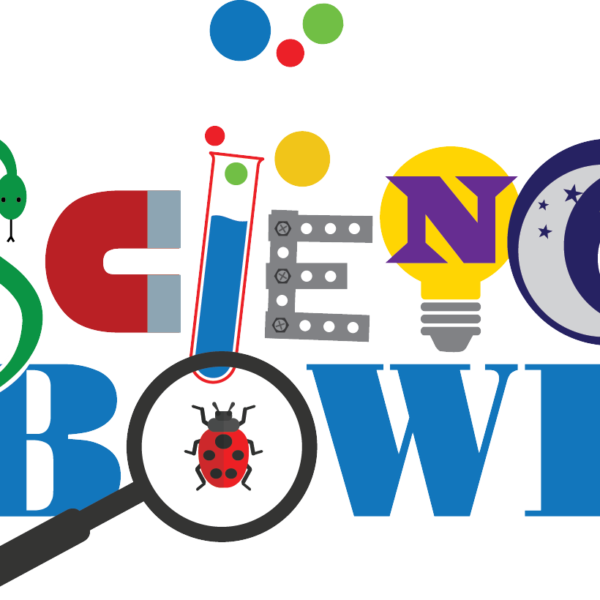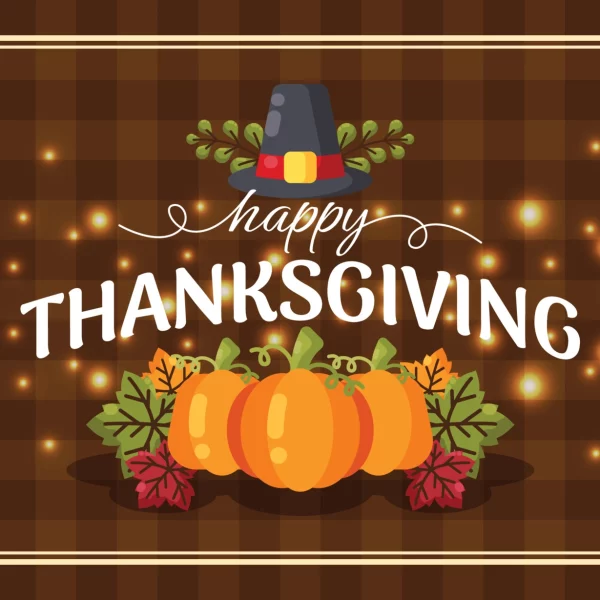
Filipino-American Heritage Month
By Jordin Lim
Filipino Heritage Month, spanning from October 1 to October 31, celebrates the heritage and achievements of Filipino Americans. As the second-largest Asian American population in the United States, Filipino Americans have played a significant role in the history, culture, and progression of the United States.
History of Filipino-Americans
October represents Filipino Heritage Month since it marks the important moment when Filipinos first arrived in the continental United States. From 1565 to 1585, Spain ruled the Philippines as a colony. During this time, seafarers would recruit Filipinos on voyages across the Pacific during the Manila galleon trade era. On October 18, 1587, the first-recorded Filipinos arrived aboard a Spanish ship in what is now Morro Bay, California, marking the start of Filipinos’ history in America.
Filipino Contributions to the United States
Filipinos have been a part of American history for many centuries, during which they have made significant contributions to our nation.
- In the early 1920’s, many Filipinos, called manongs, left the Philippines to work in the plantations of Hawaii and California and the fisheries of Washington and Alaska, contributing greatly to the farmworker movement of the U.S.
- During WWII, Filipinos, both in the United States and in the Philippines, fought with and for the United States.
- In the late 60’s and 70’s, many Filipino professionals left their native country to help fill the workforce of the healthcare industry.
- Filipino-Americans have made valuable contributions in the health field, service industry, hospitality, technology, education, government, armed forces and construction, among many other fields.
Filipino Traditions
- Filipino courting
- Harana, Filipino courting, was the traditional form of courtship in the Philippines, in which men wooed a woman of interest by singing underneath her window at night. Suitors would sing their sweetheart romantic songs, usually with a guitar, since its intimate sound complemented the sweet Spanish-influenced songs along with the poetry and lyricism of the Tagalog language.

- Boodle fight
- In Filipino culture, a boodle fight is a traditional way of eating Filipino food with one’s family. A boodle fight is also called a Filipino Kamayan Feast, kamayan translating to “by hand,” describing the method of eating with your hands, which is what you do during a boodle fight, as you a share a meal with family and friends over a banana-leaf filled table filled to the max with many delicious Filipino dishes, such as garlic rice, fried tilapia, mangoes, and salted eggs.

- 4 month Christmas and Parol
- In the Philippines, Christmas isn’t celebrated only in December. As soon as the –ber months begin, Christmas is in season, from September to December. In Filipino houses across the country, parols are usually hung up on the doors of their houses. The parol is a traditional, star-shaped Christmas lantern that represents the star that the three wise men followed.

Notable Filipino-Americans
- Olivia Rodrigo
- Olivia Rodrigo, well-known American singer-songwriter and actress, is Filipino-American through her father’s side of the family. Rodrigo has admired her great-grandfather’s immigration to the United States from the Philippines as a teen.
- Bruno Mars
- Bruno Mars, popular American singer, songwriter, and record producer, was born to a Filipino mother and half Puerto Rican, half Ashkenazi Jewish father.
- Jo Koy
- Jo Koy is a Filipino-American comedian, who recently starred in his film Easter Sunday, which shows his life returning home to celebrate Easter with his Filipino family.
Fun Facts about the Philippines
- When in war, the Philippines flips their flag.
- The Philippines is home to Asia’s first basketball league.
- The Philippines is the largest exporter of nurses globally.
- There are 175+ languages in the Philippines, and at least 171 of them are still considered ‘living’ languages.
- The Philippines is home to three of the world’s largest shopping malls: SM Megamall, SM North Edsa, and SM Mall of Asia.
- The Philippines is an island with more volcanoes than towns.
All in all, Filipino-American History Month is truly important. It celebrates the Filipino/Filipino-American community that has contributed so much to this nation, celebrates the diversity of America, and commemorates the achievements of Filipino-Americans. Today, many people in our community celebrate this month to raise awareness of the role Filipino-Americans have had in U.S. history.




